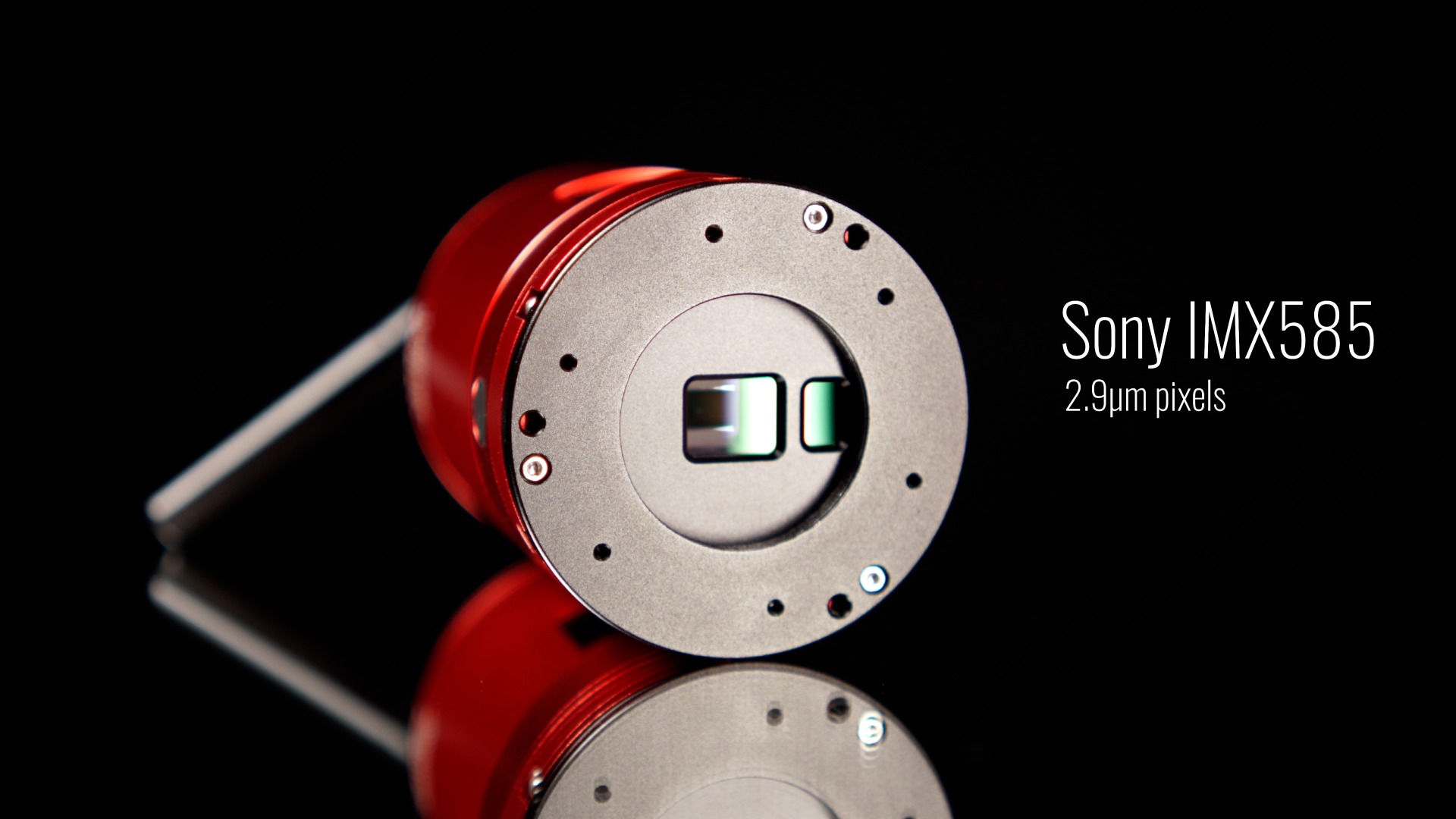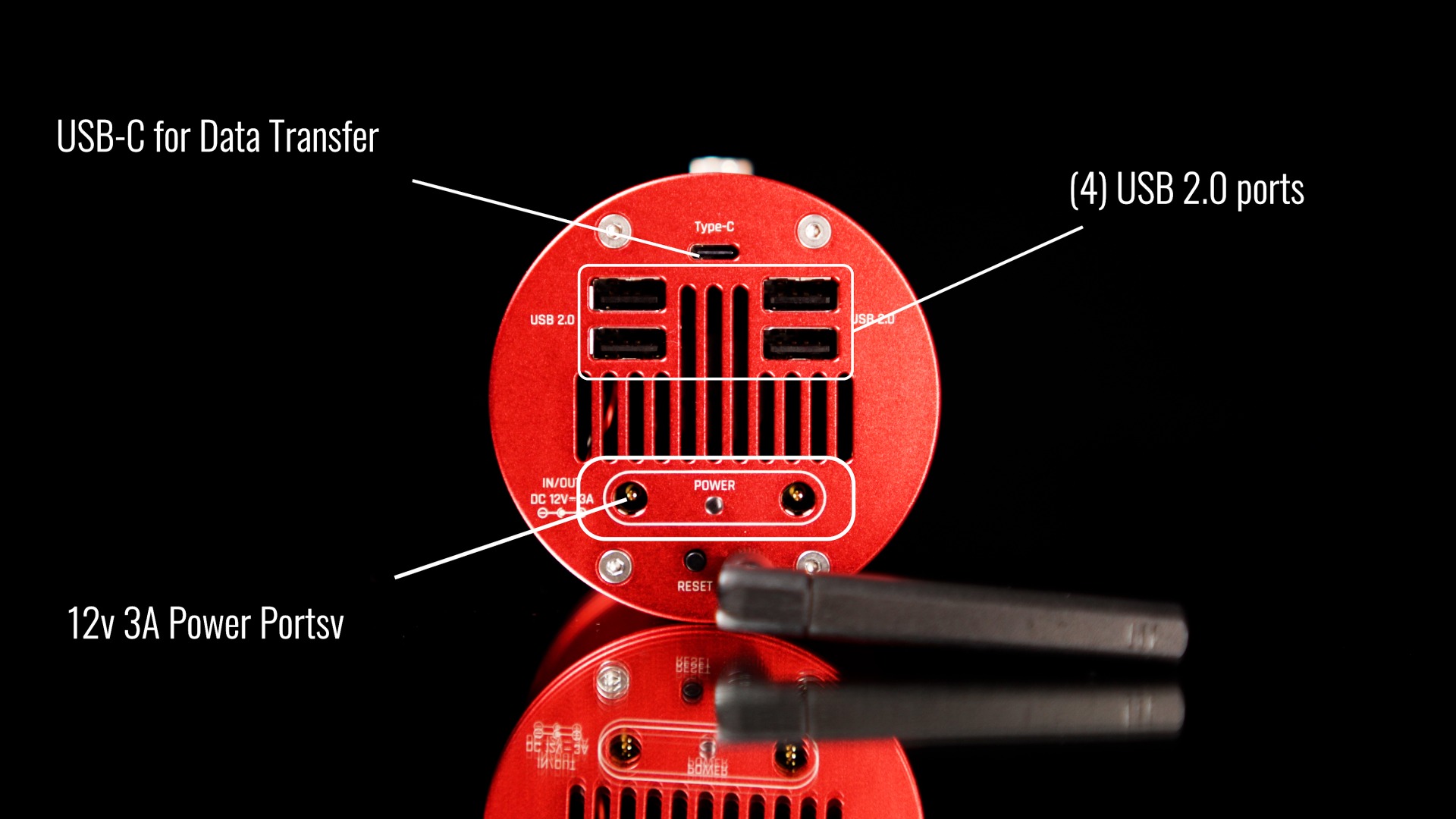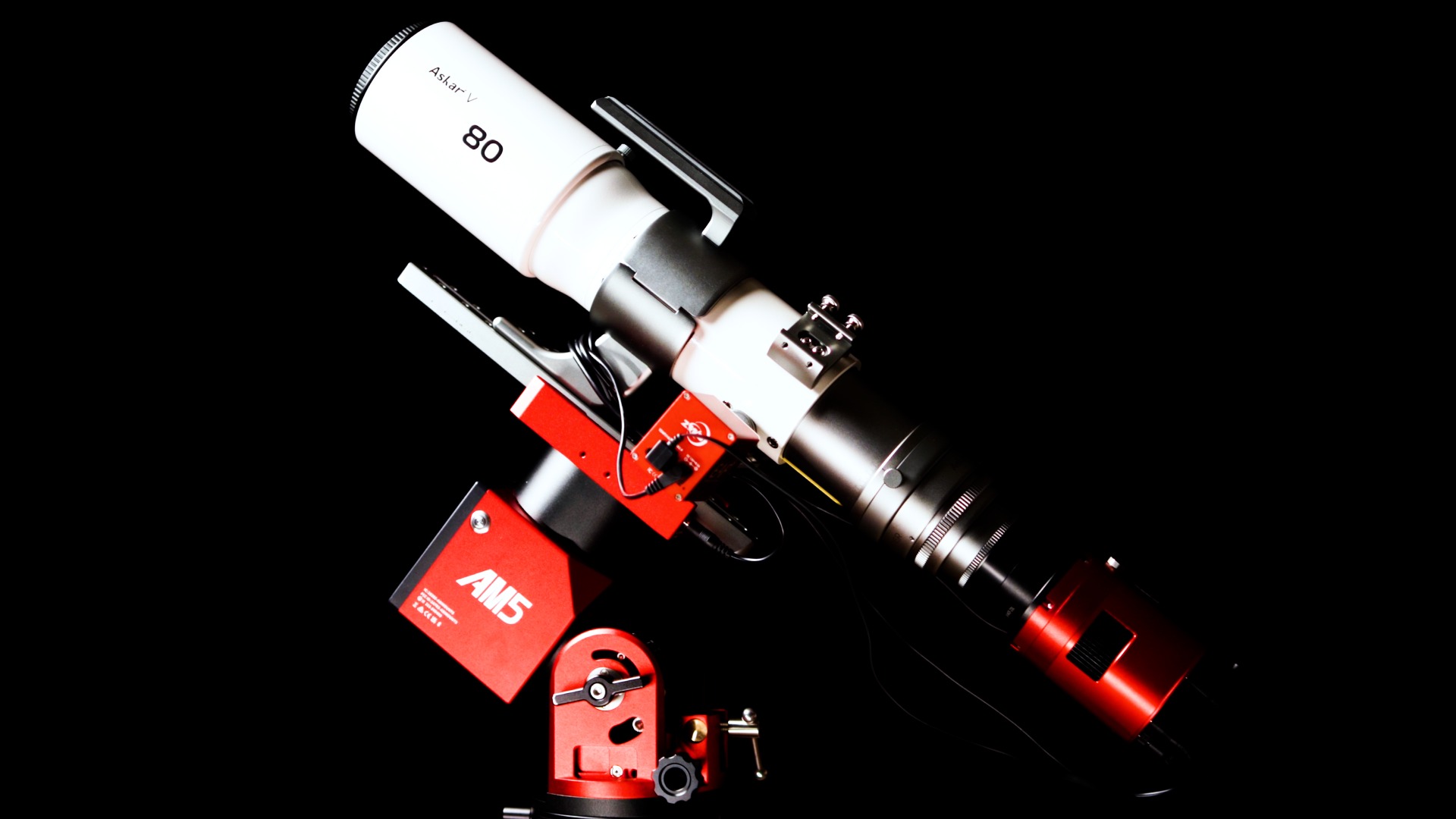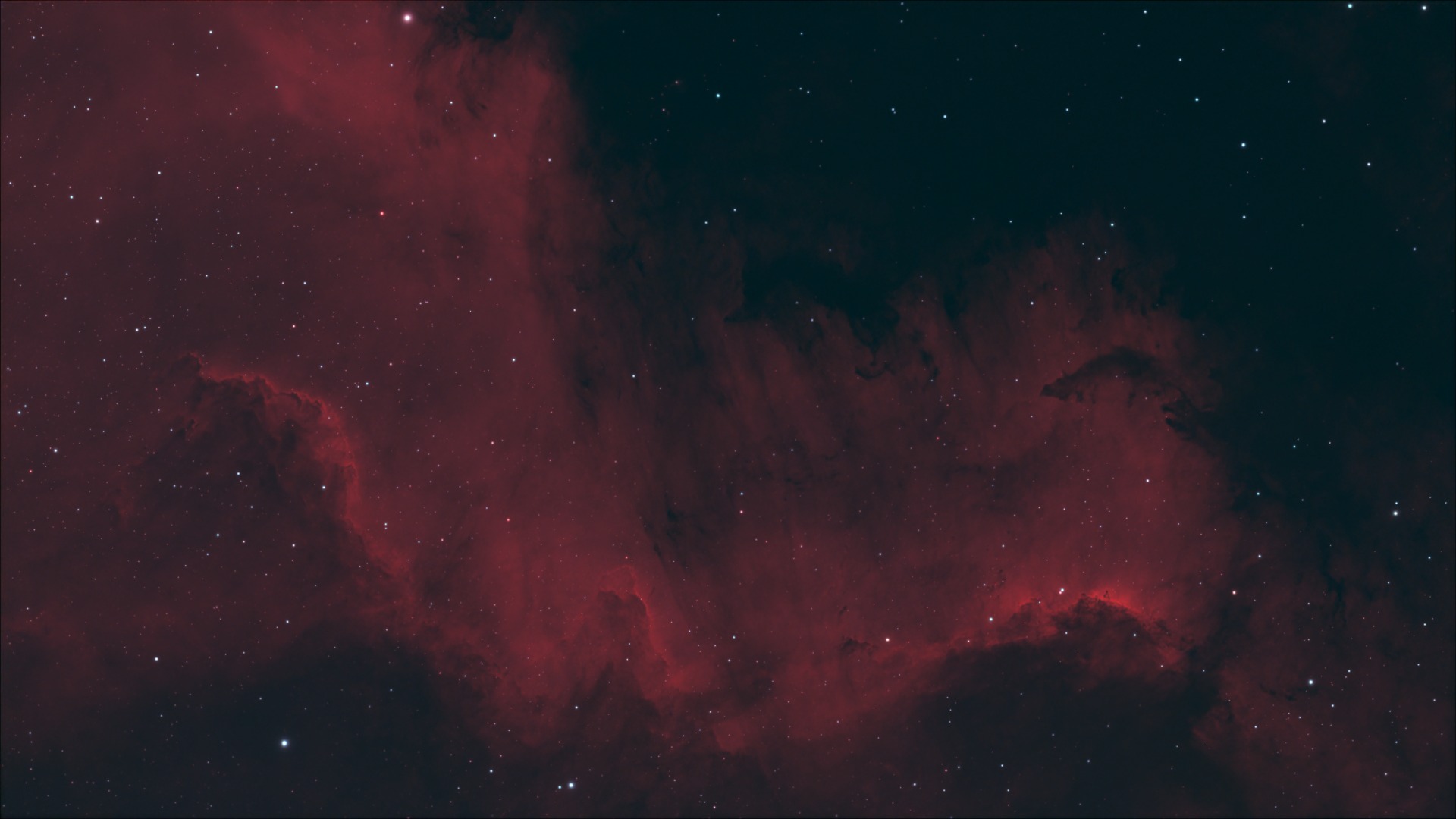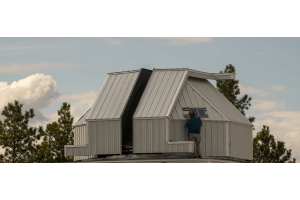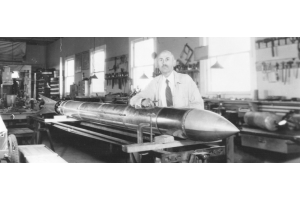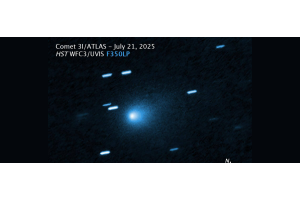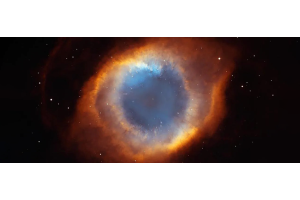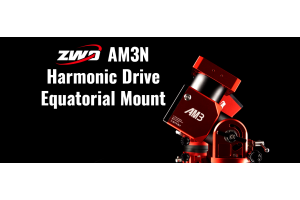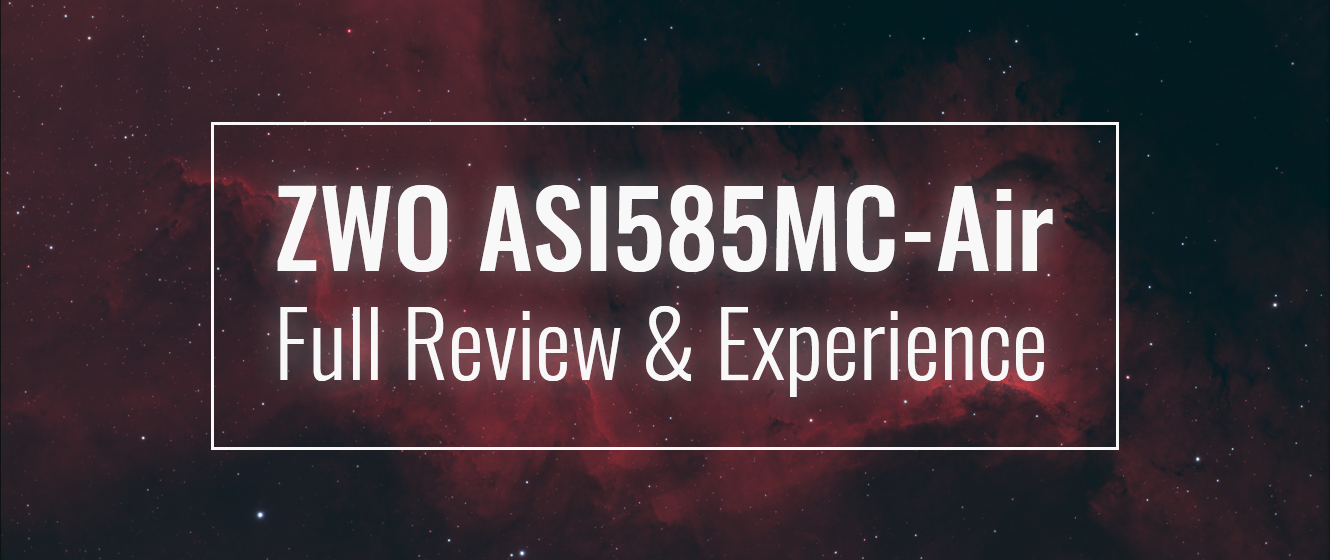
ZWO has set the standard when it comes to all-in-one imaging solutions for deep space astrophotography. The ASIAIR control/power hub has revolutionized astrophotography for those looking for a streamlined and simple way to control their astrophotography gear. ZWO has now integrated this technology and the ASIAIR App interface into their dedicated astronomy camera, the ASI585MC-Air. In this article, we’re going to take a deeper dive into the specifications of this camera as well as Teagan’s first impressions out in the field.
Compact Yet Capable
The ASI585MC-Air is built around Sony’s IMX585 sensor, a back-illuminated CMOS sensor with a 2.9-micron pixel size and 3840 x 2160 resolution (4k). This 8.3mp sensor is optimal for shorter to medium focal length telescopes, given its smaller pixel size, but could be utilized with a longer focal length scope (1000mm) under great seeing conditions. The integrated Wi-Fi and equipment control capabilities set this camera up as a solid option for all astrophotographers.
And just like its bigger sibling, the 2600MC-Air, the 585 is wireless, runs on 12V DC power, and connects directly to your mobile device or tablet through the ASIAIR app. This means no external ASIAIR is needed, as it is effectively a camera and ASIAIR in one compact design. On the back of the camera, you’ll find a full USB hub with 4 USB 2.0 ports, a USB-C Port (data transfer), and two 12V power I/O for accessories. Additionally, the same guide sensors in the beloved ASI220mm guide camera come fully integrated into the 585 as well, completely removing the need for a separate guide camera and guide scope.
*We found that it even worked well guiding through the Optolong L-Ultimate 3nm Filter.*
So..Who Is This Camera For
This camera is a fantastic entry point for:
- Beginners who are graduating from a DSLR/Mirrorless camera and want their first dedicated imaging camera
- Beginners stepping into astrophotography who want a portable and very streamlined imaging system
- Astrophotographers who have larger scopes and great seeing conditions for high-resolution imaging
- Those who appreciate the simplicity and power of the ASIAIR interface
Above, we briefly mentioned that this camera pairs well with short to medium focal length telescopes. For its test run, Teagan paired it with a notable refractor that was up to the task, the Askar V 60mm/80mm APO Triplet Refractor. The 2.9-micron pixels combined with the Askar V 80mm objective and focal extender offered a resolution of 1.0”/pixel which is a great place to sit if you have average to above average seeing conditions.
We tested the ASI585MC-Air with the following setup:
In the Field: Simple Yet Powerful (Teagan’s thoughts)
If you’ve used an ASIAIR Plus, you’ll feel right at home with the interface. All of the standard tools like polar alignment, plate solving, auto guiding, image capture, sequencing, and filter control are packed into this camera.
I have personally fallen in love with the simplicity of the MC-Air line of cameras. Managing several long cables had me up most nights worrying about cable snags during meridian flips. I like a streamlined imaging system, and the 585MC-Air made the entire process so easy. The ability to connect all of my accessories to the back of the camera and have the camera relay that information through the AM5 mount via Bluetooth and THEN to my phone is nothing short of an “astronomical miracle”. I have been setting up imaging rigs for nearly 10 years, and when I shot with the 585MC-Air, I felt like I was forgetting to connect a cable somewhere. It astonishes me how simple it is every time I use it.
Galaxy season is coming to an end, and the band of our Milky Way galaxy rises around midnight. This gave me a proper chance to capture some decent data over a period of two nights. The North American Nebula is a favorite for both beginner and advanced astroimagers, and it's bright, so that was it… I decided to image the Cygnus Wall within the North American Nebula. The framing with the 585MC-Air through the Askar V was perfect at 600mm. I set out for about 5 hours per night, shooting 600-second exposures.
Initially, I was curious how the 220mm guide sensor would perform through a 3nm narrowband filter. I shouldn't have been worried. It guided just fine at 1-second guide pulses. Platesolving and the autofocus routine were also flawless. In all, I was able to capture 9 total hours of data.
The ASI585MC-Air proves that astrophotography equipment is quickly advancing and doing so in the right direction. This camera is small, smart, and seriously capable. If you’ve ever wanted a compact, wireless rig that lets you dive into astrophotography without frustration, this might be the best dedicated astrophotography camera on the market.
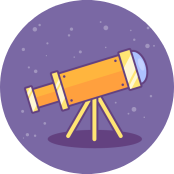
Learn More
Interested in diving deeper into the world of astronomy? Check out our AstronomyHub for a wealth of articles, guides, local resources for planetariums and observatories near you, and more to enhance your stargazing experience.





